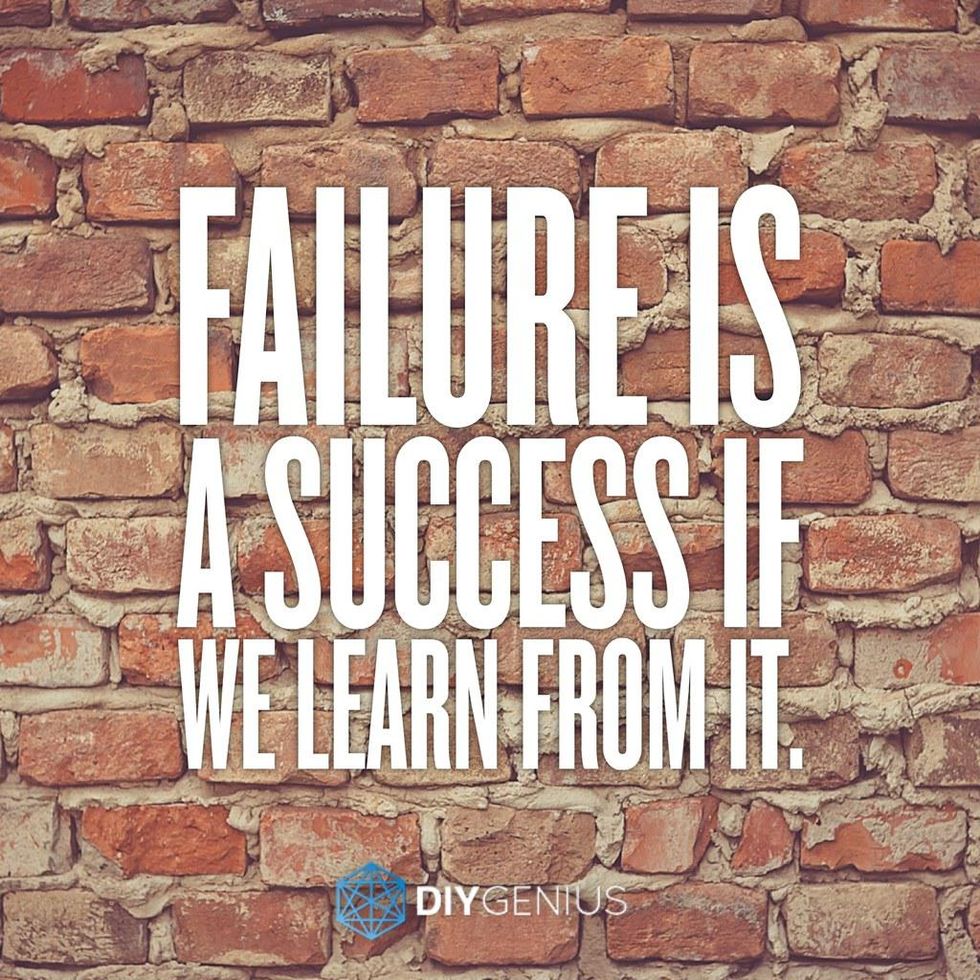
A lack of driving innovation puts any organization at risk of failure. Xerox is a great example. They were first to invent the PC a decade before mass-market GUI machines became available. Unfortunately, management thought going digital would be too expensive and wouldn't be able to replace the Xerox copy machines so they didn't explore the opportunity further.
Today "more than 70% of senior executives in a survey conducted by McKinsey say that innovation will be at least one of the top three drivers of growth for their companies in the next three to five years."
Empower Employees
Empower your employees to be change agents. When there is a high level of trust and empowerment in an organization, employees feel comfortable to be creative, make decisions, and take risks. It's also important to promote a growth mindset by helping employees experiment, innovate, collaborate, and problem solve.
"Empowered employees are 67% more willing to put in the extra effort on the job." Source. A great book on this is The Speed of Trust by Stephen Covey. It shows how trust, and the speed at which it is established, is the single most critical component of a successful leader and organization.
Innovation Advocates
 Office Management
Office ManagementInspire change throughout your organization by allowing employees to share their ideas for innovation, improvement, and growth. Get creative on how you engage your employees. Here are six ideas to start implementing in your organization:
- Digital Suggestion Box: Have employees submit their ideas to a company-wide "suggestion box" email where all employees rate and comment on everyone's ideas.
- On-Going All Hands Meetings: Employees can ask questions directly to senior executives about any company issues.
- Creative Retreats: I think these are a must. Convene with one another outside of work to review trends and discuss out-of-the-box ideas. You need a place to be free to be creative and not be pulled into an urgent phone call or meeting. Having a moderator lead these meetings is ideal.
- Reward Employees for Great Ideas: Give employees a stake in the game. If they submit a great idea, give them a reward that is meaningful as a way to say thank you (i.e., any business idea that generates revenue, allows employees to make a portion of those sales).
- Innovation Tournaments: Invite every member of your company to submit new ideas in order to compete with one another in numerous rounds of vetting. Every employee can rate the ideas they like the best. Only the strongest and most promising ideas make it to the final round.
- Query Your Customers: How many times as a customer have you wanted to or have provided really great feedback on a product you like or hate? This is invaluable to the company. Every employee in the company should always be accessible and visible to the public so that they can put a human face on your company and solicit feedback from your customers.
Failure Is The Secret To Innovation
 Take Big Risks and Learn Fast From Your Failures | Failure i… | Flickrwww.flickr.com
Take Big Risks and Learn Fast From Your Failures | Failure i… | Flickrwww.flickr.comThe most forward-thinking companies embrace risk-taking and the possibility of failure. What's wonderful about failure is the learning you receive from it. You learn substantially more from failures than successes. Failures should push you to bounce back and work harder to achieve your goals, making you stronger. Here are three things you should model as a leader within your organization.
- Lead by Example: Management should share past examples of company failures, suggest new solutions that might not work, and receive ideas from others without judgment.
- Provide a Solution: While failing is okay, managers need to encourage employees to provide solutions to problems and propose an action plan for the next steps. Managers can then review and provide guidance on how best to proceed.
- Don't Repeat Failures: The key here is to learn from your mistakes, document the learning, establish a process that ensures these failures won't happen again, and share these learnings throughout the organization.
Taking Action Quickly
 silhouette photo of man jumping on body of water during golden hourPhoto by Kid Circus on Unsplash
silhouette photo of man jumping on body of water during golden hourPhoto by Kid Circus on UnsplashIf COVID-19 taught us anything, it's that when there is a sense of urgency to create change, organizations can make it happen quickly. Organizations that spent years developing new products and/or services were suddenly rolling them out in weeks during the pandemic to meet consumer demand. How do we continue taking action quickly to drive innovation when a crisis isn't around? Here are three things you can do to take action quickly in your organization.
- Sense of Urgency: Start-ups feel the constant sense of urgency to drive innovation in order to hit key milestones (i.e., sales, funding, etc.). That sense of urgency to move quickly tends to be lost in mid to large organizations. To keep that sense of urgency in your organization; push decision making down to the local level, be more agile, accelerate the product-iteration process, and ensure 100% focus among decision-makers.
- Access to Customers: Being successful is knowing what your customers' needs are and hearing their problems. Employees need to feel empowered to make decisions based on what customers actually say when they come in contact with them at any level of the organization.
- Get Personally Involved: When senior leaders get personally involved in innovation, it sends a signal throughout the organization that this is critical to their success.
Innovation Metrics
 Innovation | A word cloud featuring "Innovation". Would appr… | Flickrwww.flickr.com
Innovation | A word cloud featuring "Innovation". Would appr… | Flickrwww.flickr.comAs Peter F. Drucker said back in 2002, "Innovation is real work, and it can and should be managed like any other corporate function." If organizations want to invest in developing new products, services, or business models, executives need to assess the innovation effectiveness. Having innovation metrics will help evaluate new ideas, allocate resources, and set strategic direction. Here are a number of innovation metrics to measure for your organization:
- Input Metrics: Measures money, talent, and time devoted to innovation
- Output Metrics: Measures number of new products released to the market in the past 2-3 years and/or revenue generated from these products
- Percent of Sales from New Product in Past N Years
- Success Ratio (percentage of meeting financial goals)
- Revenue Growth
- Return on Investment in Innovation (ROIC)
- Percent of Profits from New Customers (or Occasions)
- Percent of Profits from New Categories
- Average time to break-even/cash
- Customer satisfaction
- Profit growth due to new products/services
- Percent of profits from new products in a given period
- NPV of portfolio
- Potential of the portfolio to meet growth targets
Leadership makes innovation happen! Equip your employees with the tools, processes, and resources they need to drive innovation, be agile, and stay ahead of the curve.
- 5 Ways Creative Employees Can Benefit The Workplace - Work It Daily ›
- The Kind Of Person Who Fails In Your Industry (And Why) - Work It ... ›
- 5 Strong African American Leaders Who Inspire - Work It Daily ›
- The 3 Best Pieces Of Advice For New Executives - Work It Daily ›
- How To Implement An ECM System For Your Organization - Work It Daily ›
- Fixed vs. Growth Mindset: Which Is Better For Your Business? - Work It Daily ›

 Bigstock
Bigstock Bigstock
Bigstock Bigstock
Bigstock


